Rental properties expose grim reality facing our most vulnerable Aussies
This NSW home exposes a grim reality that millions of Aussies are currently facing — a reality the government says is totally fine.
Almost every Australian is feeling the pressure of the rising cost of living, whether it is from skyrocketing inflation, rate hikes, or the worsening rental crisis.
While everyone is feeling the impact, there are undoubtedly those that are struggling more than others, with Labor stressing the priority of this year’s budget was vulnerable Australians.
From September 20, there will be a $20 a week – or $2.85 a day – increase for welfare recipients, such as those on Youth Allowance, Jobseeker and Austudy.
If you are 55 or over, that amount is boosted with the extension of the eligibility of a higher rate in the Jobseeker payment.
Those in this age bracket who have been on welfare payments for nine or more continuous months will receive an extra $45 a week.
There will also be a 15 per cent increase of the cap to Commonwealth Rent Assistance, which translates to between $7.86 and $15.88 a week on max rates.
However, there were many who were underwhelmed by the Albanese government’s offering, claiming an extra $20 “does nothing” for them.

So, lets take a look and see what this increase actually allows Australia’s most vulnerable renters to afford.
A single person with no children can receive a maximum of $366.55 a week on Jobseeker under the new incoming rate.
If they are also receiving the maximum rent assistance rate with the new increase, that gives them a combined total of $457.50 per week.
Experts believe that in order to avoid being in rental stress, tenants must spend no more than 30 per cent of their income on rent, which would leave this person with a budget of $137.10 for their weekly rent.
Unfortunately, in order to receive the maximum amount of rental assistance, a single person with no children must be spending at least $350 a fortnight on rent.
So this means they need to spend at least $175 a week on rent.
Now, unless a person wants to live in a share house, renting in any capital city is pretty much out of the question.
Even in the most rural areas of the country, the options for rentals at this price that don’t involve living with others are incredibly slim.
In the town of Coober Pedy, in the South Australian outback, there is what is described as a “three bedroom” home with an “open plan” kitchen and living area for $170 a week.
This sounds like a bargain, but the photos from inside the property show things are less than idyllic, with the bedrooms and lounge room located underground.
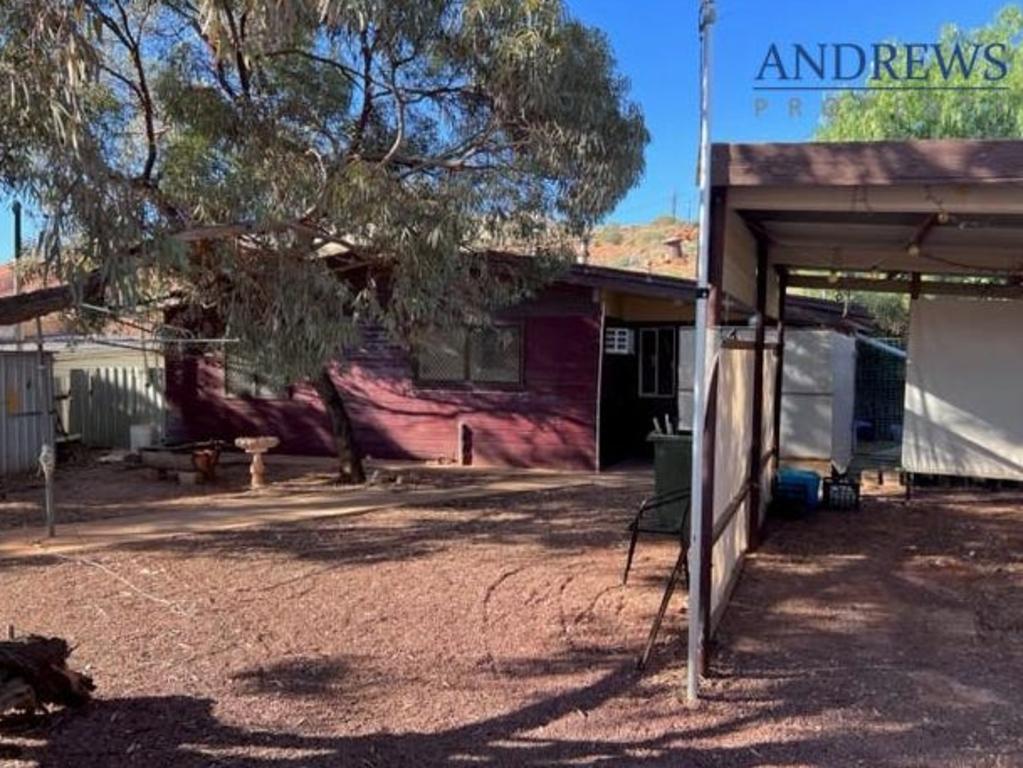
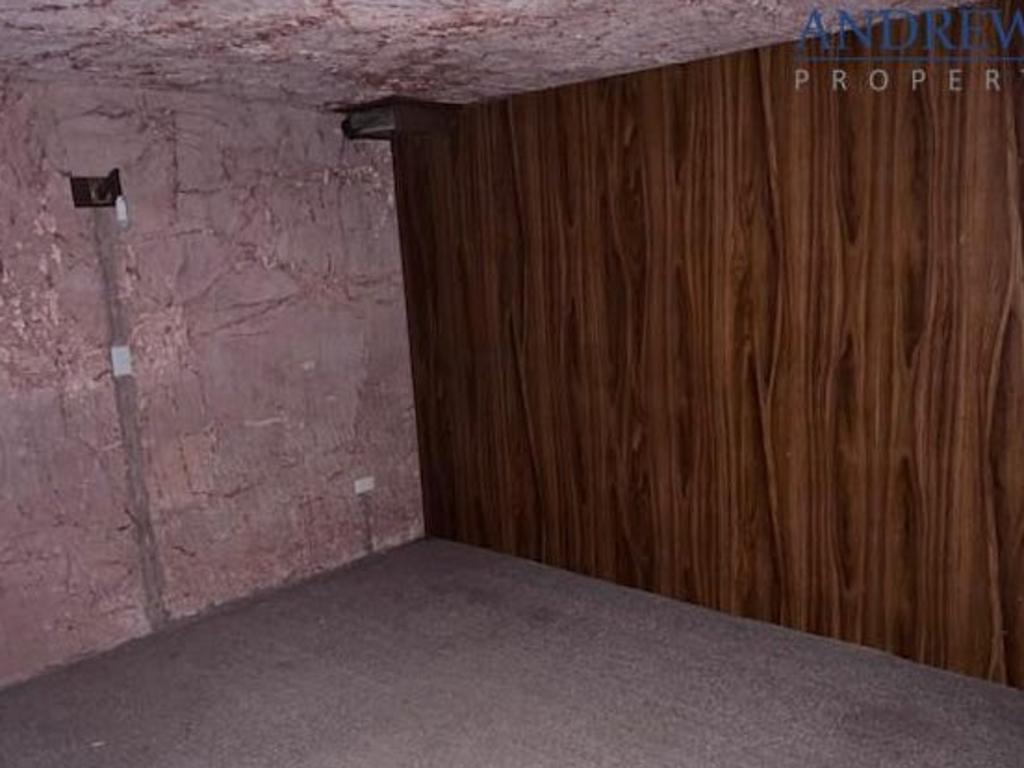
The ad also notes that the rent will increase to $180 a week from March next year, pushing it above the $175 budget.
Miraculously, there is one option available in southwestern Sydney, a “one bedroom sleep out” in Cabramatta for $110 a week.
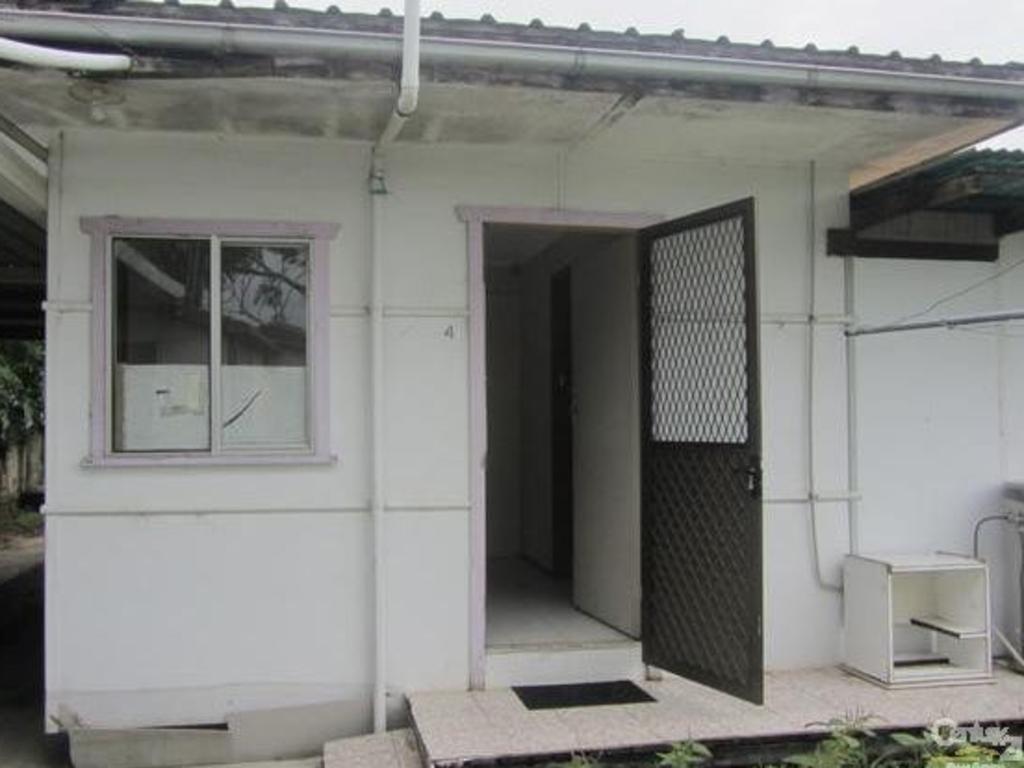

In Orange, in the NSW Central Tablelands, there is a one-bedroom apartment available for $170 a week.
The property features a combined bedroom and lounge room, separate kitchen and toilet and a communal laundry and shared yard.
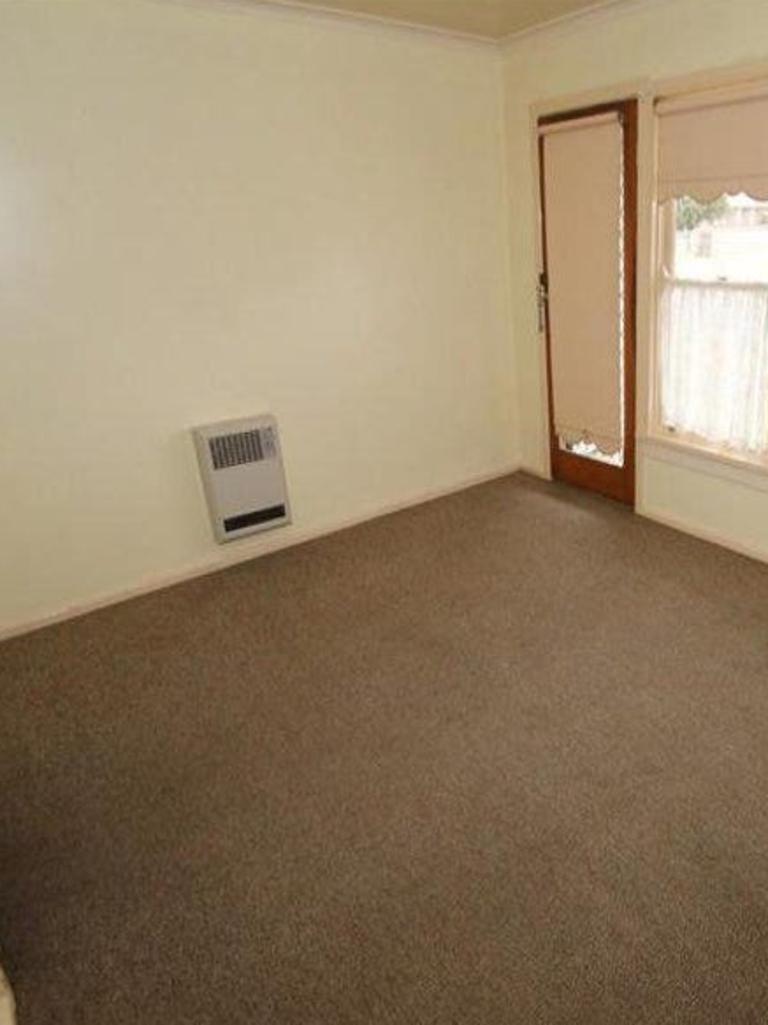
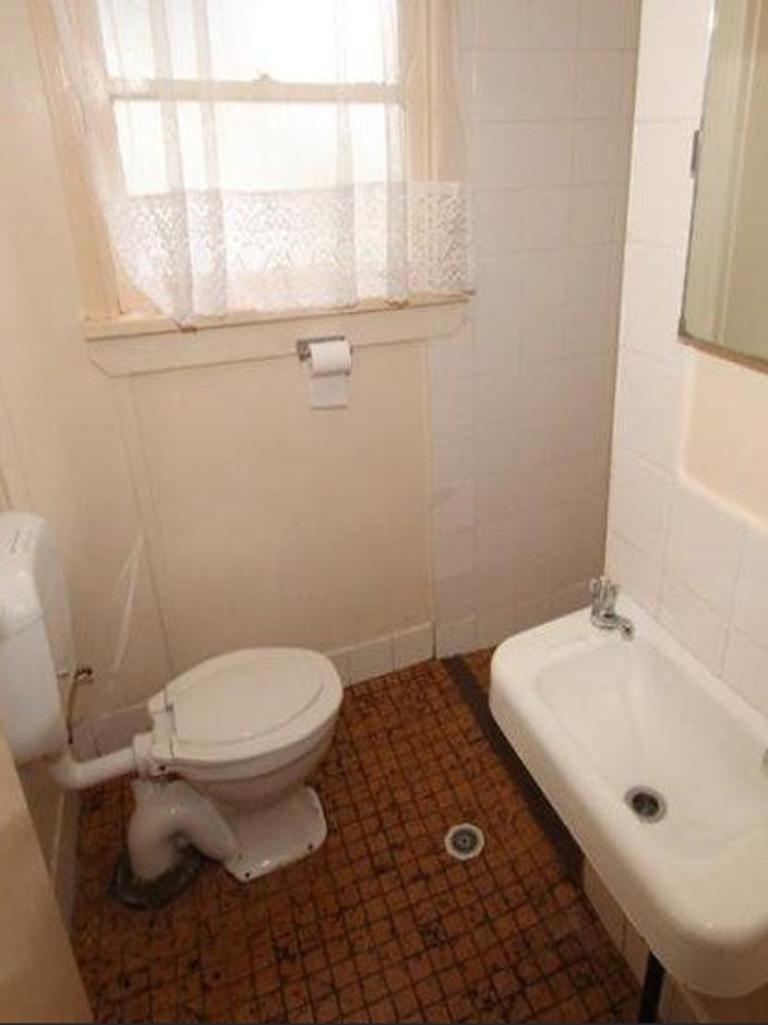
PropTrack Economist Anne Flaherty told news.com.au that, while the increase to rent assistance will be welcome news to low-income renters, “ultimately it won’t alleviate the underlying drivers of rent growth”.
“What’s more, the rate at which rents have risen over the past three years has outpaced the growth in assistance,” she said.
“Rents in capital cities are up 18 per cent from pre-Covid levels, while rents in regional areas have risen 23 per cent.”
Data provided by PropTrack found there were very few suburbs in Australia where the median rent was even below $300.
The town of Glen Innes in NSW’s Northern Tablelands has a median rent price of $190 per week for a unit.
Moree, Broken Hill and Cowra in NSW all have median weekly rent prices for units of $220 and in Queensland, Roma, Dalby and Goondiwindi all have median prices of $240.
For houses, $250 will get you a rental in Whyalla Stuart in South Australia, while for $270 you can snag a property in Kerang in Victoria.
In Western Australia’s Kambalda East the median weekly rent for a house is $280 and for Queenstown in Tasmania it is $260.
Ms Flaherty said that surging migration and a “slowdown in the development of new homes mean rents will continue to grow strongly”.
She noted that when new migrants first move to Australia, around 70 per cent are renters and are more likely to rent than own for the first eight years of being here.
Vacancy rates are already at record lows across the country, meaning there is likely to be even more pressures ahead for the already struggling market.
To make a meaningful impact on struggling renters, Ms Flaherty said ultimately homes need to be built to house our expanding population, and there needs to be more investment in social and affordable dwellings.
“Addressing the factors leading the trend of property investors fleeing the market is also important,” she said, noting that private investors supply nearly 90 per cent of rental homes in the country.
“Over the past five years, the proportion of investors selling has outweighed the proportion buying. Higher interest rates and land tax, and more compliance costs and regulations are playing a role here,” Ms Flaherty said.
“These costs are also driving more investors to shift from the traditional rent market to short term rent platforms such as Airbnb which are often higher yielding with fewer compliance costs and rents that are not locked in.”






